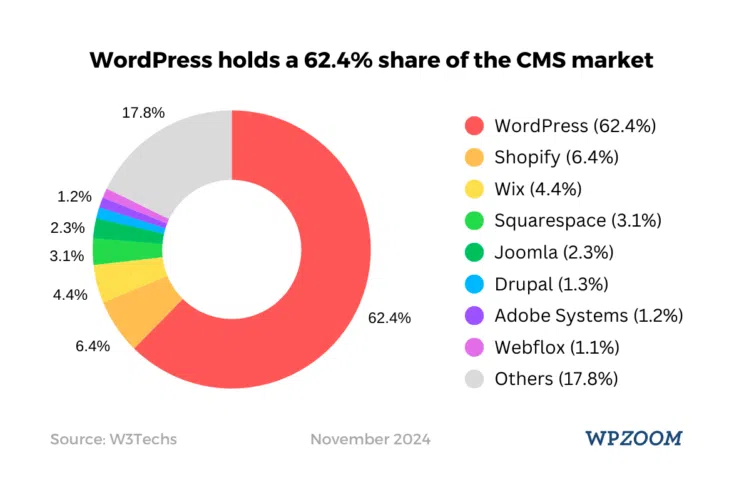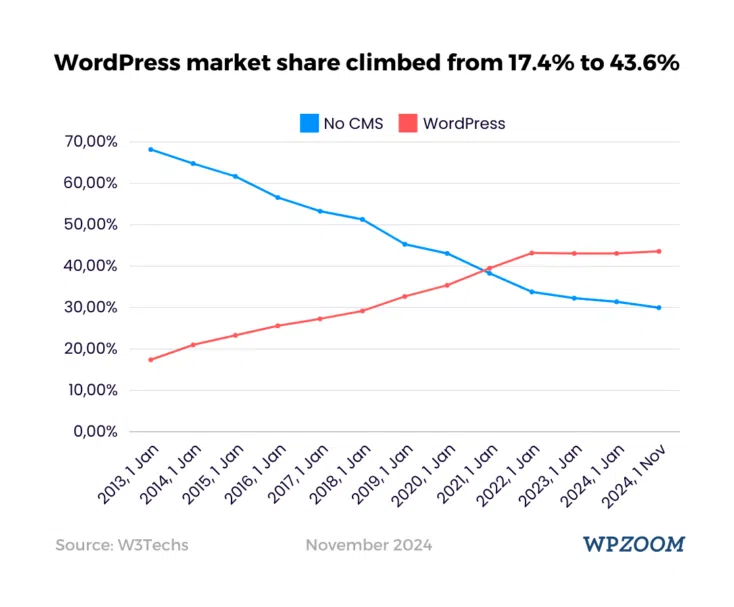Making your WordPress tables work seamlessly on all devices – from giant desktop screens to tiny smartphones – is crucial for a positive user experience.

Let’s face it nobody likes squinting at a jumbled mess of data just to figure out what’s going on.


We’ll explore several practical approaches to crafting responsive tables in WordPress weighing the pros and cons of each method so you can make informed decisions.
Hey, fellow redditors! Struggling with those pesky unresponsive tables on your WordPress site? Don’t let your users squint their way through a data minefield! 😫 This guide’s got you covered with solutions from simple CSS tweaks to powerful plugins. Want to make your WordPress tables look 🔥 on any device? Check out this helpful guide! Let’s get those tables looking snazzy! 😎

This isn’t rocket science but a little planning goes a long way.

Understanding the Responsive Table Challenge
Think about your own browsing habits.

How often do you view websites exclusively on a large desktop monitor? Probably not as much as you might think.
Tablets smartphones even smaller laptops are now ubiquitous.
A table that looks fantastic on a wide screen might become an unreadable jumble on a smaller display.
The columns collapse text overlaps and the whole thing becomes a frustrating experience for your visitors.
That’s where the need for responsive design comes in.
A responsive table gracefully adapts to different screen sizes maintaining readability and usability across the board.

The Problem with Non-Responsive Tables
Non-responsive tables simply don’t scale down.
As the screen size decreases the table elements – cells columns and rows – shrink proportionately often leading to cramped text and overlapping content.
This not only hurts readability but also negatively impacts the overall user experience.
Imagine trying to read a spreadsheet crammed onto a tiny phone screen; it’s a headache waiting to happen! A poorly-designed table can drive visitors away faster than a slow-loading webpage.
It screams “amateur hour” and undermines your site’s credibility.
Its a total disaster.
Why Responsiveness Matters
Responsiveness isn’t just a trend; it’s a necessity in today’s multi-device world.
Google’s search algorithms even favor websites that are mobile-friendly.
A non-responsive table impacts your SEO potentially leading to lower search rankings and reduced visibility.
Furthermore a positive user experience translates to higher engagement longer visit durations and ultimately greater success for your website or blog.
Methods for Creating Responsive Tables in WordPress
There are several ways to tackle this.
You can use built-in theme styles customize CSS or employ plugins – each option caters to different levels of technical expertise and site needs.
Leveraging Your Theme’s Built-In Styles
Many modern WordPress themes include styles specifically designed to make tables responsive.
Before jumping into complex solutions take a look at your current theme.
Hey, fellow redditors! Struggling with those pesky unresponsive tables on your WordPress site? Don’t let your users squint their way through a data minefield! 😫 This guide’s got you covered with solutions from simple CSS tweaks to powerful plugins. Want to make your WordPress tables look 🔥 on any device? Check out this helpful guide! Let’s get those tables looking snazzy! 😎
Create a simple table in a new post or page and view it on different devices.
If the table adjusts smoothly to different screen sizes you’re golden.

You’ve already got responsiveness built in!
Testing Your Theme’s Responsiveness
This is super simple.
Just create a basic table using the WordPress editor’s block system (or by hand using HTML if you’re so inclined) and see how it behaves.
Test it on your phone tablet and computer.
If it resizes appropriately and the text remains readable your theme has already handled the heavy lifting for you.
If not then you need to move onto the next step.
Identifying Responsive Themes
When selecting a new WordPress theme check its demo website for examples of tables.
Many theme previews will showcase how various elements including tables are presented across different screen sizes.
This allows you to see firsthand how responsive the theme truly is before even installing it.

Look for themes specifically advertising responsive design capabilities – it’s usually front and center in their marketing.
Customizing with CSS: A More Hands-On Approach
If your theme doesn’t handle responsive tables effectively or you simply want more control over their appearance you can customize your site’s CSS (Cascading Style Sheets). CSS allows you to define the styles of HTML elements including tables.
Hey, fellow redditors! Struggling with those pesky unresponsive tables on your WordPress site? Don’t let your users squint their way through a data minefield! 😫 This guide’s got you covered with solutions from simple CSS tweaks to powerful plugins. Want to make your WordPress tables look 🔥 on any device? Check out this helpful guide! Let’s get those tables looking snazzy! 😎
This approach requires some familiarity with CSS; however it offers a high level of control.
Inline CSS for One-Off Tables
For a quick fix you can add inline CSS directly to your table’s HTML code.

This is best suited for infrequent tables as managing multiple inline styles across your site can become tedious and disorganized.
It’s a simple way to make a single table responsive.
Using Your Theme’s CSS or a Child Theme
To style multiple tables consistently across your website you’ll want to modify your theme’s CSS file.
However this approach has pitfalls: Any changes to the theme’s files will be lost when you update the theme.
Creating a child theme is the safer and recommended approach: Child themes allow for customization without affecting the original theme files ensuring your changes are preserved during updates.
Leveraging WordPress’s Customizer
WordPress offers a visual customizer accessible through the Appearance menu in your dashboard.
Most themes include an “Additional CSS” section within this customizer where you can add custom CSS rules without directly modifying theme files.

This section is perfect for small adjustments and CSS snippets.
Utilizing WordPress Plugins for Responsive Tables
If you’re not comfortable editing CSS plugins provide a user-friendly alternative.
Numerous plugins specifically designed for creating and styling responsive tables are available in the WordPress plugin directory.

Choosing the Right Plugin
Before choosing a plugin read reviews and check its compatibility with your theme and other plugins.
Look for plugins that are regularly updated and well-maintained.
Avoid plugins with excessively negative reviews or a lack of recent updates; these could indicate instability or abandonment by the developer.
Popular Responsive Table Plugins (Examples Only – No Endorsements)
Numerous plugins are available; research is key to find one that suits your specific needs.
Remember before installing any plugin back up your site! This prevents potential data loss if something goes wrong.

Always test plugins in a staging environment (a copy of your website) before applying them to your live site.

This is critical.
Check our top articles on How to Create a Responsive Table in WordPress
Rethinking Your Table: Is a Table Even Necessary?
Sometimes a table isn’t the best way to present data especially on smaller screens.
If you’re dealing with a small dataset consider alternative options like bulleted lists or a simple paragraph format.

These can be more readable and user-friendly on mobile devices.
Think of the user experience first!

Alternatives to Tables
Bulleted lists are simple easy to read and work well on all screen sizes.
Consider a horizontal layout for better mobile usability.
If you have a small amount of data a well-structured paragraph can also be a far better user experience.
Don’t be afraid to experiment and test different approaches.
Prioritizing User Experience
Before implementing a table consider its necessity.
If the data can be presented more clearly using a different format don’t hesitate to use it.
A good website is all about usability and sometimes that means stepping outside the “table” box.

Conclusion: Choosing the Right Approach for You
Choosing the best method for creating responsive tables in WordPress depends on several factors: your technical skills the complexity of your tables and how frequently you need to use them.
If your theme already handles responsive tables then you are good to go.
For a single table inline CSS might suffice.
For site-wide consistency a child theme with CSS modifications is a reliable approach.
If you’re not comfortable with CSS or need advanced table features plugins offer a user-friendly alternative.
Remember testing is crucial; always test changes on a staging site before applying them to your live website to avoid unexpected issues.

